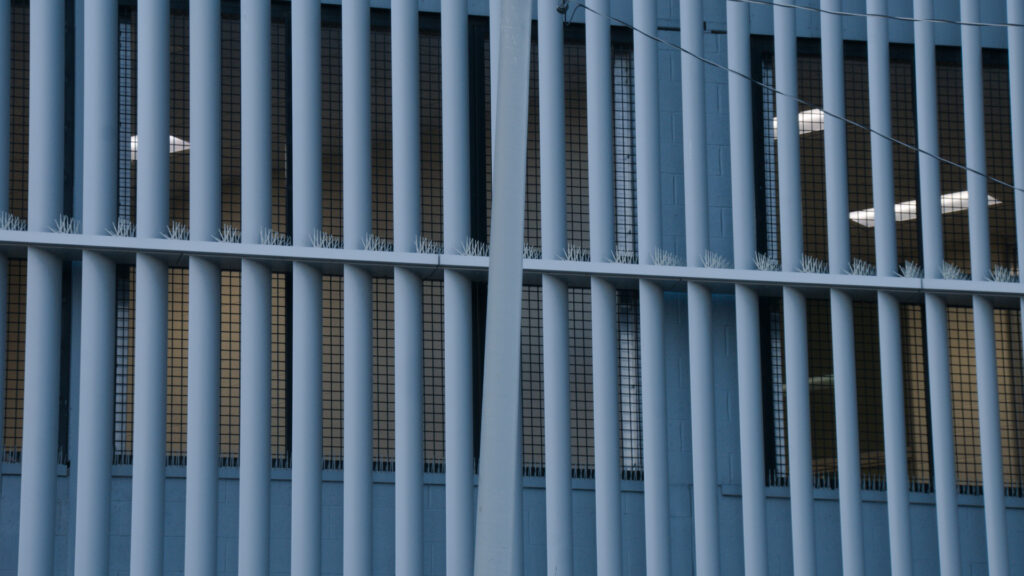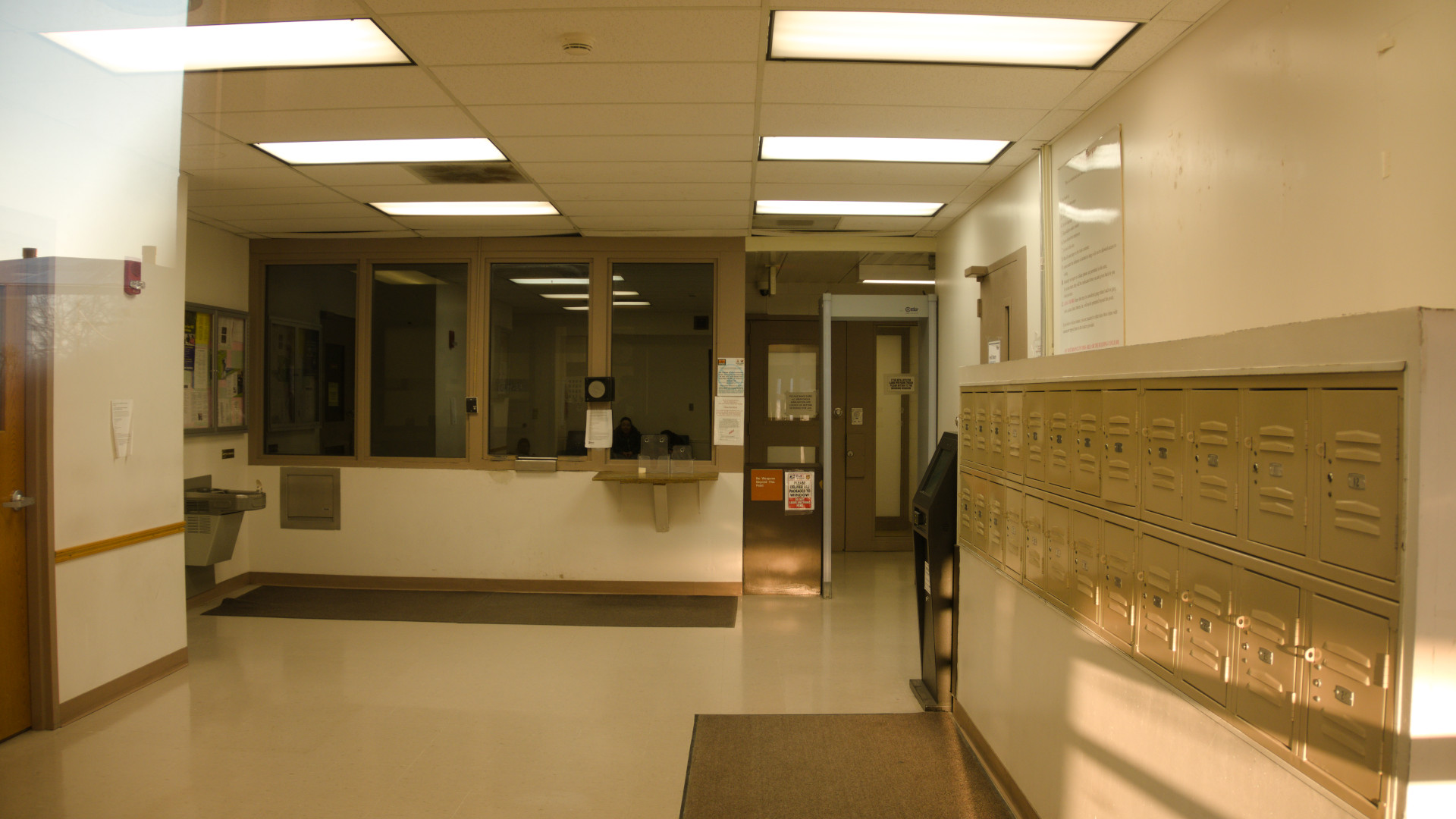04/12/2023; UPDATED: 04/19/2023
Stats from the McLean County Jail, accurate as of March 21st, 2023:
Jail population: 216
Proportions by gender:
are female: 35 (16%)
are male: 181 (84%)
Proportions by race:
Black: 110 (50%)
Other Minority: 13 (6%)
Persons of a Colonial Complexion: 96 (44%)
Number of people over 50: 25 (12%)
Number of people sentenced: 13 (6%)
Number of people pretrial (felony): 186 (86%)
Number of people pretrial (misdemeanors): 8 (4%)
Number of people pretrial for drug offenses: 67 (31%)
Number of out of county residences: 68 (31%)
Number of people prescribed mental health medication: 65 (30%)
Average Population Data between December 1st, 2022-March 21st, 2023
| Average Population |
|---|
| 213 |
| Highest Population | Lowest Population |
|---|---|
| 237 (2/12/2023 & 2/17/2023) | 173 (12/23/2022) |
| Average charged with drug offense | Average Age over 50 |
|---|---|
| 56 (26%) | 27 (13%) |
| Total Arrivals | Total Releases |
|---|---|
| 1298 | 1216 |
With a new sheriff, the McLean County Detention Facility faces new challenges in a post-COVID landscape. Replacing the perpetually perfidious Jon Sandage, Matt Lane took the position of Sheriff in December 2023 and is responsible for running the county jail.
Lane said the biggest issue he has is a staffing shortage. According to Lane, the McLean County Jail needs about 64 corrections officers to properly run the jail at the current average jail population. In the dataset above, which follows Sheriff Lane’s current tenure, the largest population on any one day was 237 people and the average population is 213 people. Currently, there are twenty-four open positions to be filled.

According to Sheriff Lane, the lack of corrections officers is causing massive overtime pay and exhausting the remaining staff who are working multiple 16-hour shifts per week. The problem has gotten so bad, Lane has sent about 60 incarcerated people to stay at the Lasalle County Jail.
“The move will save three shifts of overtime pay every day, and hopefully give the staff some relief and rest they need.”
Sheriff Matt Lane
“I didn’t want to do it, to be honest, but for the safety and security of the staff and the inmates it was necessary. And hopefully very temporary,” Lane told WGLT’s Ryan Denham. “It’s disappointing to a lot of folks, including myself. I didn’t want to have to move people. I want them here. I want them closer to their family and easier accessibility. We should be handling their time with us. I didn’t want to have to do this. I don’t want it to be an unsafe facility for anybody. It was necessary to do.”
Lasalle County is charging McLean County $45 per day to warehouse each person. Not including transportation costs, this is a savings of $30 per person per day. The average cost to hold a person in the McLean County jail is $75 per day. Lane believes that with transportation costs it will cost more than if the inmates stayed in the county jail.
Lane told Agitation Rising that when choosing which people to send to Lasalle County, the three main factors are: mental illness, behavior, and when their next court date is scheduled. “We are trying not to send behavior problems or make things worse for someone with mental issues. Doing the best we can.”
Lane had previously attempted to work with the States’ Attorney’s Office on releasing non-violent offenders. Between 8-10 were released. According to Sheriff Lane, one returned the next day because they had no food or home.
Denham astutely pointed out the irony of the situation in his article. “It’s an ironic development for McLean County government, which years ago would have to ship inmates to other counties because it didn’t have space at the jail. The jail expansion opened in spring 2019.”
The old jail held about 200 people. With the $43 million expansion,1 its max population is 440, a 120% increase. The expansion was approved for two reasons: eliminate overpopulation and increase access to mental health in the jail.

Since 2019, the average monthly population has never once been higher than 240 people.
None of this takes into account the inevitable changes in jail populations when the SAFE-T Act is fully implemented & cash bail is abolished. Cash abolition was temporarily blocked by a Kankakee County judge who ruled that cash abolition was unconstitutional. Oral arguments were heard in March in front of the Illinois Supreme Court, and a ruling will come later this year.
The Illinois Supreme Court will likely uphold the abolition of cash bail.2
The county board made a mistake increasing the jail capacity by 120% when the demand was never that high to begin with. Cash bail abolition is the future reality. It’s going to happen. The opposition needs to accept this. The gravy train is over for counties & judicial districts to profit off of mass incarceration. Tax-payer dollars need to be reallocated away from incarceration.
The gravy train for counties and judicial districts will be over to profit off of mass incarceration. The expectation is that jail populations will drop dramatically. Sheriff Lane even acknowledges this possibility, at least temporarily. Cash bail abolitionists3 believe the reduction in jail populations will be long lasting, and the goal of cash bail abolition is fundamentally a decarcerationist goal.
There’s some preliminary evidence to support the hypothesis of a long-term decrease in jail populations post-cash bail abolition. Kendall County Sheriff Dwight Baird said he predicts at least a 30% reduction in his jail’s population. Baird had originally planned to shut down his jail and contract with Kane County to hold people pre-trial. However, this was later changed to merely reducing the labor force. Kendall County jail will operate with less corrections officers going from 36 officers to a mere 13 officers. The change is expected to save Kendall County $1.5 million annually.
McLean County made the mistake of spending tens of millions of dollars increasing the capacity of the jail by 120%. Since the new jail was built, it has never seen an increase of population above 25% of the original jail’s capacity. With cash bail abolition, the jail may very well never see a population of even two hundred again. Will the jail still need 64 corrections officers when populations dramatically decrease?
The other reason to expand the jail was, ostensibly, to increase mental health services.
As Agitation Rising has repeatedly reported, mental health at the jail—at pretty much all jails—is abysmal. Our reporting shows:
- months long & repeated use of solitary confinement (as low as 18-hours a day lockup to as high as 23-hours a day lockup);
- crushing up time-release mental health medication
- not giving people medications they need;
- multiple lawsuits claiming violations of the civil rights of people with severe disabilities;
- the Regional Human Rights Authority (HRA) determining the McLean County Jail violated a person’s civil rights by refusing to provide the individual with necessary epilepsy medication.
Most sheriffs, including Lane, admit that they aren’t equipped to properly help people with mental/behavioral/developmental disabilities. Yet, county jails remain the largest mental health provider in their community throughout the nation.
From at least July of 2022 through February 2023, the Jail was under solitary confinement, where people were required to remain in their cells 18-hours a day, according to jail documents obtained via Freedom of Information Act (FOIA) requests. That’s at least six months of sustained mental torture. Records prior to July 2022 are being requested; however, since the pandemic began in March 2020, solitary confinement was frequently utilized for extended periods of time as a part of former-Sheriff Jon Sandage’s COVID-19 mitigation strategies.
There was a recent change, though. As of March 2023, the confinement schedule has relaxed significantly, meaning people have the option of remaining alone in their cells or engaging in social activities in their pod.
McLean County Jail currently has four mental health specialists, and one of those has numerous duties beyond mental health. That’s one specialist per fifty-three people. On March 21st, 2023, there were at least 65 people incarcerated that were prescribed medicines for mental/behavioral/developmental disabilities according to FOIA requests. That’s thirty percent of the jail population that day, which doesn’t include people with the above disabilities that are not prescribed any medicine or have not even been properly diagnosed.
The county board is reviewing a new contract with the Illinois Fraternal Order of Police Labor Council, the union representing corrections officers. The new contract will raise starting wages and include pay increases across the board.

According to reporting by Drew Zimmerman at The Pantagraph:
The Central Illinois Research Collective (CIRC) in its SAFE-T Act guidance recommends a hiring freeze of new corrections officers at county jails once cash bail is abolished.4 The county board should split the difference, and only agree to hire an additional ten-fifteen new corrections officers. It simply doesn’t make sense to hire twenty-four long-term corrections officers—and pay for all the training required—when the jail won’t need it by the end of the year.
